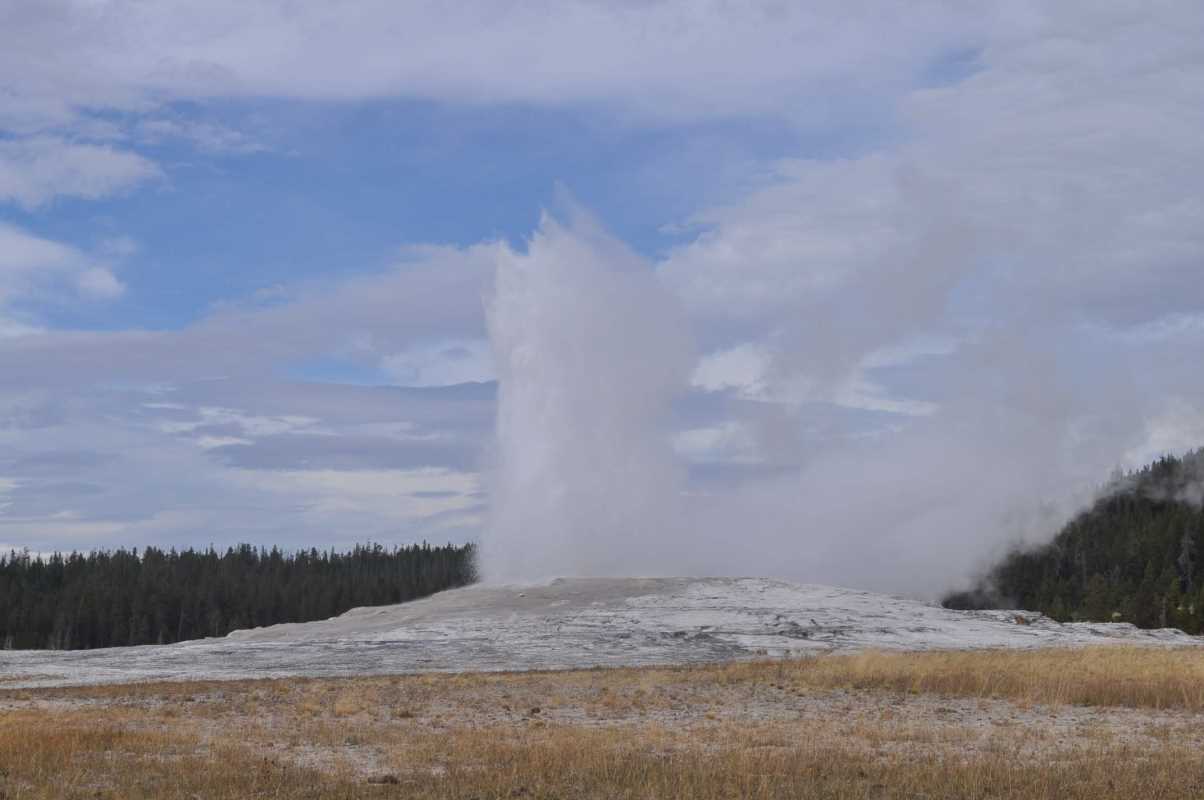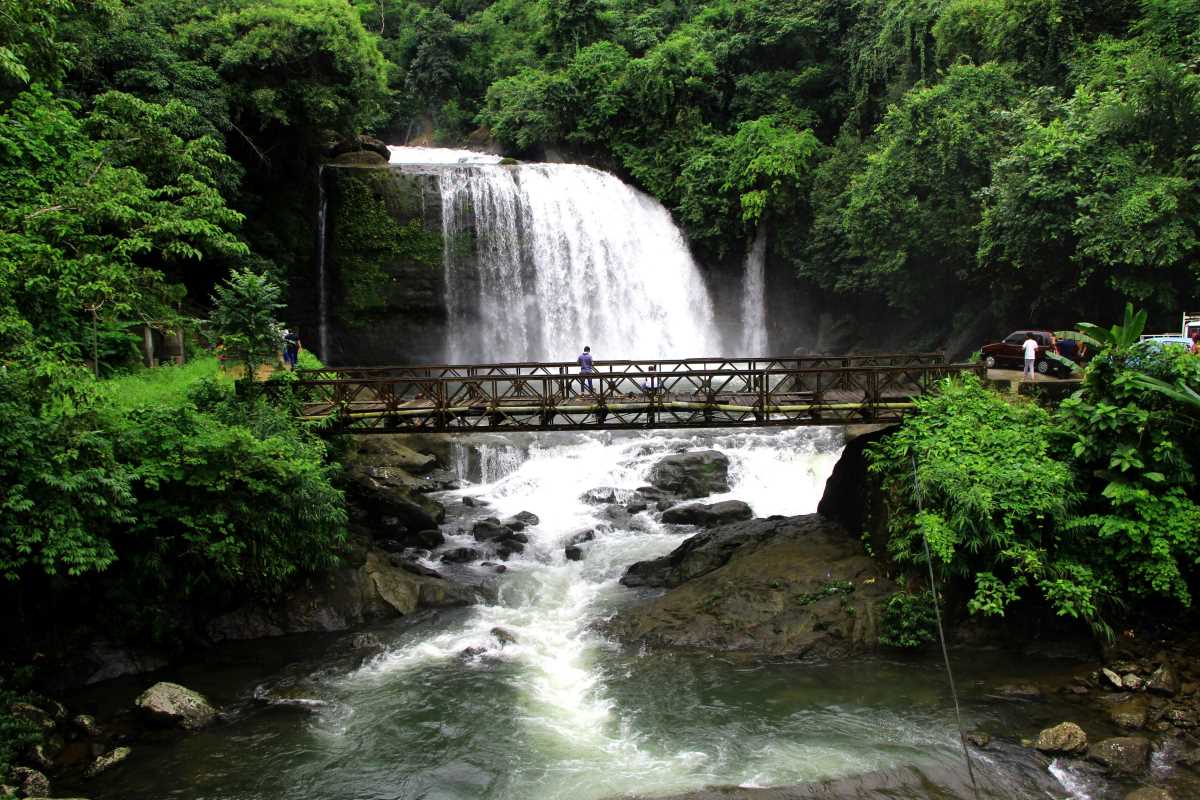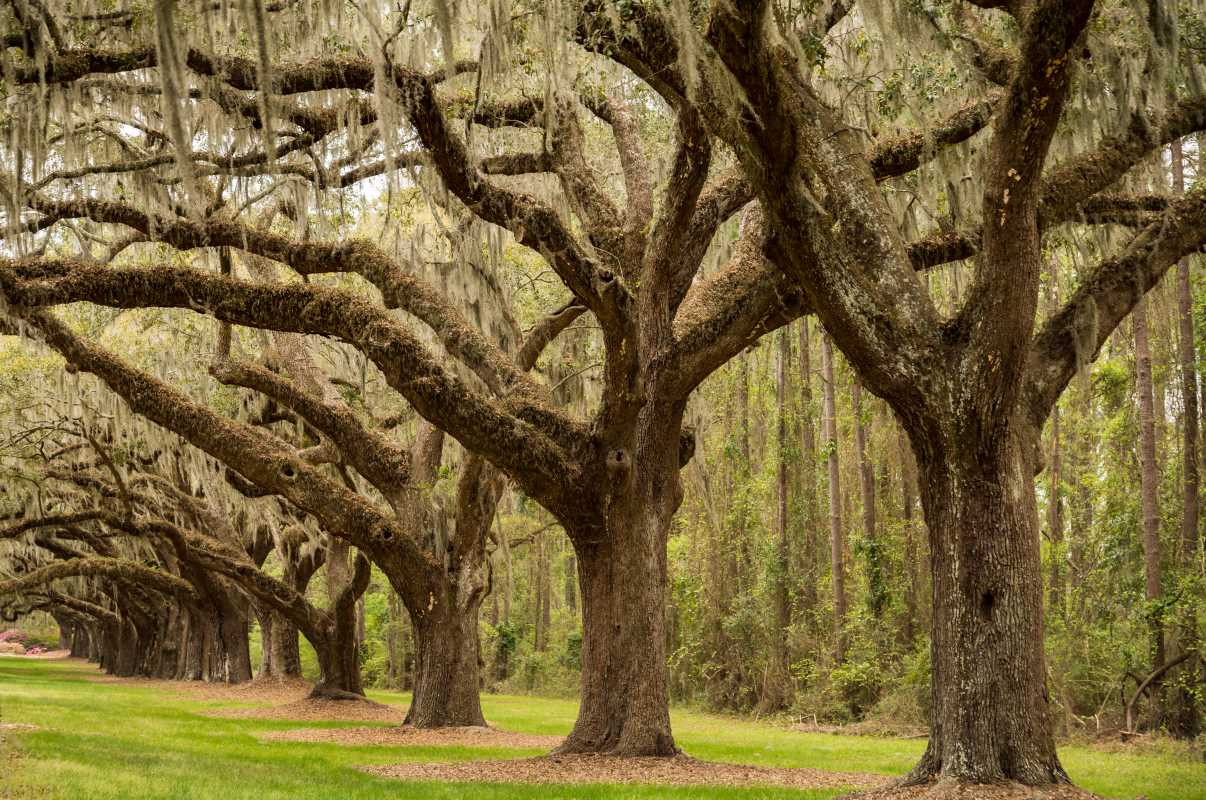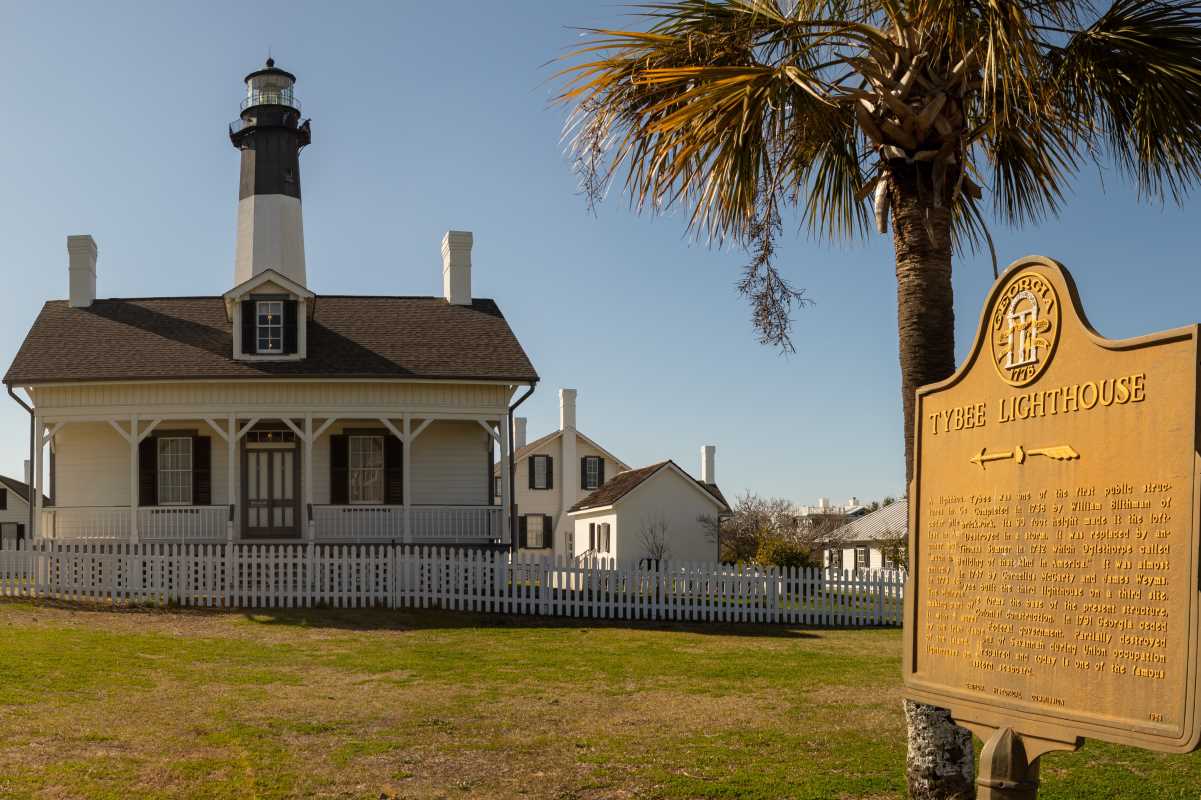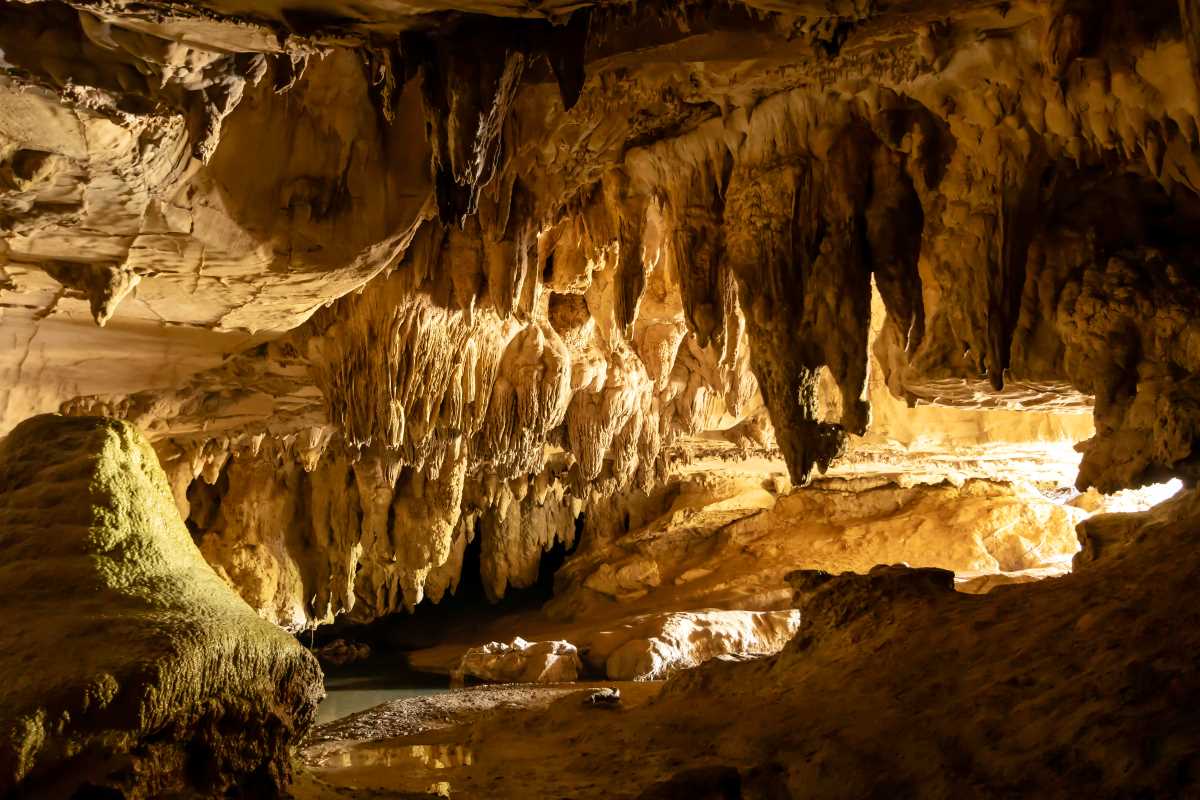Retirement is the ideal time to slow down and fully appreciate life’s beauty, and what better way to do that than by immersing yourself in America’s stunning national parks? With more free time and less hustle, retirees have a chance to wander, explore, and connect with nature in ways that reflect this exciting new chapter of life. These parks, steeped in natural wonders, historical treasures, and awe-inspiring landscapes, offer something for everyone, whether you’re a thrill-seeker or just looking for a peaceful retreat. Here’s our expanded guide to the top national parks to visit in 2025, tailored for adventurous and leisure-loving retirees alike.
1. Yellowstone National Park (Wyoming, Montana, Idaho)
Why visit: Established in 1872, Yellowstone holds the distinction of being the world’s first national park. But beyond its historic significance, its bubbling geothermal features and sweeping landscapes make it simply unforgettable. From the spouting geysers to the rainbow-hued hot springs, Yellowstone’s wonders are unlike anything else on Earth.
What retirees will love: Scenic drives through the Lamar and Hayden Valleys are the perfect way to spot iconic wildlife such as bison, elk, and bald eagles. If you’re lucky, you might even catch a glimpse of a wolf pack in the distance. For those who prefer lighter physical activity, consider taking a stroll along the boardwalks of the Upper Geyser Basin. There, you’ll see Old Faithful alongside less-crowded but equally fascinating geysers like Castle and Grand Geysers. Fishing enthusiasts will enjoy casting their lines in Yellowstone Lake or the Madison River, known for their vibrant ecosystems.
Historical significance: Yellowstone isn’t just a hotspot for natural beauty but also cultural history. Indigenous peoples have called this land home for thousands of years, and their cultural ties to the park are celebrated through exhibits at the Yellowstone Heritage and Research Center.
Pro tip: Consider staying at one of the park’s historic lodges, like the Old Faithful Inn, for an atmosphere steeped in tradition and comfort.
2. Great Smoky Mountains National Park (Tennessee, North Carolina)
Why visit: Renowned for its misty peaks and rolling forests, the Great Smoky Mountains are a slice of Appalachian heaven. Its biodiverse ecosystem, historical landmarks, and meandering trails make it the most visited national park in the U.S.
What retirees will love: The park’s gentle hiking trails, such as the Laurel Falls Trail or Clingmans Dome Trail, are easy on the knees and perfect for soaking in the views of cascading waterfalls and vibrant wildflowers. For a truly serene experience, Cade’s Cove is a must. This peaceful valley brims with wildlife like deer, black bears, and turkeys, while the 11-mile loop road offers many pull-off spots for photo ops and picnics. The Cove also has historic cabins and churches that provide a captivating glimpse into early Appalachian settlement.
Cultural appeal: Discover the storied history of the region through old grist mills, barns, and homesteads scattered across the park. These sites offer a window into a simpler, bygone era.
Pro tip: If you’re visiting in summer, cool off at a mountain stream or pack a picnic for a break along one of the park’s scenic overlooks.
3. Zion National Park (Utah)
Why visit: Few places rival the towering red and orange cliffs of Zion National Park. Its vibrant colors and lush desert oases create landscapes that feel almost unreal.
What retirees will love: The Zion Canyon Scenic Drive is an effortless way to enjoy views of the park’s dramatic peaks and steep cliffs. For those up for a bit more activity, the Emerald Pools Trail is a moderate hike that rewards you with waterfalls and serene pools for reflection (both literal and figurative!). Alternatively, a leisurely stroll along the Riverside Walk lets retirees soak up the beauty of the Virgin River without needing to climb steep terrain.
Adventure options: Feeling adventurous? Consider a guided horseback ride through the awe-inspiring canyons or hop on a shuttle bus to access points for further exploration.
Pro tip: Book your accommodations well in advance, as Zion’s popularity tends to fill up lodges quickly. And don’t forget plenty of water and sunscreen, especially during warmer months.
4. Acadia National Park (Maine)
Why visit: Nestled along the rocky shores of Maine, Acadia National Park offers a rugged yet tranquil beauty. Its unique combination of coastal and forest landscapes makes it a one-of-a-kind destination.
What retirees will love: A must-do in Acadia is driving the Park Loop Road, which meanders through 27 miles of jaw-dropping scenery. Stop by Jordan Pond for reflective waters and order the famous popovers and tea at the Jordan Pond House. If early mornings are your thing, head to Cadillac Mountain, a special spot where you can watch the sunrise before most of the country. The leisurely Carriage Roads, built by philanthropist John D. Rockefeller Jr., are perfect for walking or cycling.
Wildlife encounters: Keep your eyes peeled for harbor seals basking on the rocks or bald eagles soaring overhead. Birding enthusiasts will find Acadia a paradise during migratory seasons.
Pro tip: Schedule time to explore Bar Harbor, a charming coastal town just outside the park, for its seafood and quaint boutiques.
5. Glacier National Park (Montana)
Why visit: Glacier National Park lives up to its nickname, the "Crown of the Continent," with its towering mountain ranges, sparkling alpine lakes, and sweeping valleys.
What retirees will love: Driving the Going-to-the-Sun Road, a 50-mile scenic highway that cuts straight through the heart of the park, is an unforgettable experience, featuring stops like Logan Pass and Lake McDonald. For those who prefer a slower, more intimate way of seeing the park, boat tours at Many Glacier or St. Mary’s Lake add a splash of adventure that doesn’t wear you out. Photography lovers will especially appreciate the park’s golden-hour light, casting a magical glow over the landscape.
Conservation awareness: While breathtakingly beautiful, the park is an example of the effects of climate change. Many of the glaciers are rapidly melting, creating a poignant reminder of the importance of preservation.
Pro tip: Go for a guided bus tour if you’d rather not drive the sometimes steep and challenging roads yourself.
6. Everglades National Park (Florida)
Why visit: The subtropical wilderness of the Florida Everglades is not only a UNESCO World Heritage Site but also one of the most unique ecosystems in the U.S. The vast wetlands, teeming with flora and fauna, make for an unforgettable experience.
What retirees will love: A glide through the water on an airboat tour is an exhilarating yet relaxing way to explore the park’s sprawling marshes. The guided Shark Valley Tram Tour offers a closer look at alligators, manatees, and wading birds without requiring long walks. For a more leisurely option, kayaking or canoeing lets you paddle your way through the park’s still waters at your own pace.
Cultural significance: The Everglades has been home to Indigenous communities for generations, and their influence on the region is evident in the storytelling offered at visitor centers and through local guided tours.
Pro tip: Pack insect repellant, a sunhat, and sunglasses to stay comfortable while you enjoy this tropical wonder.
7. Grand Canyon National Park (Arizona)
Why visit: The Grand Canyon is perhaps one of the most iconic landmarks in the U.S. Its enormous size, intricate rock formations, and awe-inspiring vistas ensure it leaves a deep impression on everyone who visits.
What retirees will love: If hiking steep trails isn’t your cup of tea, don’t worry. The Grand Canyon offers plenty of accessible options. Walks along the Rim Trail provide spectacular panoramic views without the strain. Take advantage of the park’s free shuttle services to see popular viewpoints like Mather Point and Desert View Watchtower.
Unforgettable experiences: For a touch of indulgence, consider booking a helicopter tour over the canyon for incredible aerial views. Alternatively, the mule rides down to Phantom Ranch offer a unique and historic way to see the canyon.
Pro tip: Arrive early to avoid parking issues at the South Rim and catch fewer crowds near sunrise or sunset for better photographs.
8. Olympic National Park (Washington)
Why visit: Olympic National Park offers an astounding variety of landscapes, from moss-covered rainforests to dramatic coastlines and snow-capped peaks. This diversity makes it a must-see for travelers seeking something a little bit different.
What retirees will love: Take an easy stroll through the Hoh Rain Forest to marvel at the lush greenery, ancient trees, and tranquil atmosphere. Beach lovers can head to Rialto or Ruby Beach, where the driftwood-covered shores and crashing waves make for a perfect afternoon stop. If relaxation is on your mind, Lake Crescent Lodge provides scenic accommodations with a view of pristine blue waters.
Unique charm: The Olympic Peninsula is home to small towns like Forks and Port Angeles, where you can explore local art galleries, dine on fresh seafood, or simply enjoy the slower pace of life.
Pro tip: Prepare for varied weather by dressing in layers, as the temperature can shift quickly between the park’s regions.
From coast to coast, the U.S. national parks offer countless opportunities to recharge, reflect, and reconnect with nature. Whether you dream of watching geysers erupt in Yellowstone, strolling among Appalachian wildflowers, or gliding through the Everglades' serene waters, 2025 can be the year you make those experiences a reality. These destinations aren’t just about natural beauty; they’re an invitation to create lifelong memories.
Start planning your adventure today. Which park is next on your list? Happy exploring!
